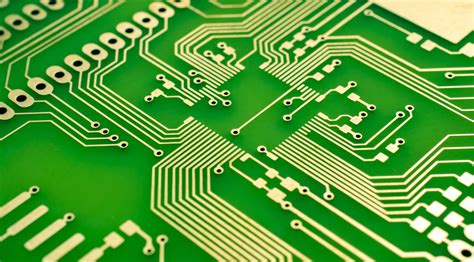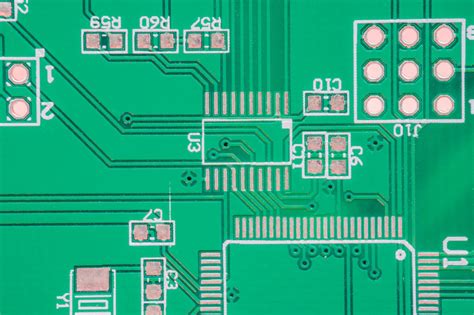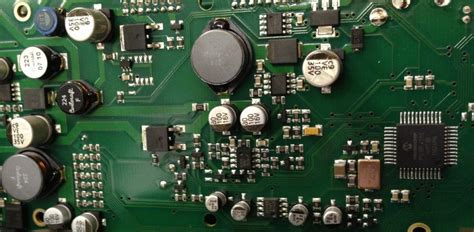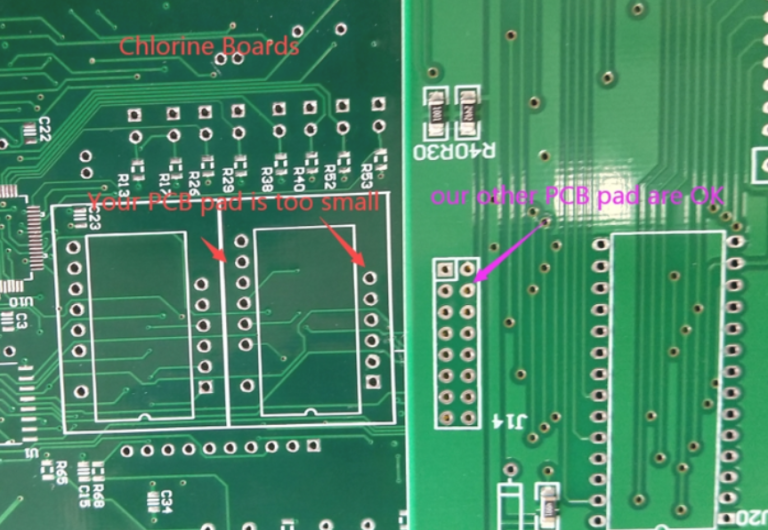Factors affecting the characteristics of etching solution in PCB printed circuits
1.Selection of etching solution
The selection of etching solution is very important because it directly affects the accuracy and quality of high-density fine wire images in the manufacturing process of printed circuit boards. Of course, the etching characteristics of etching solution are affected by many factors, including physical, chemical and mechanical aspects. Here is a brief description:
1 Physical and chemical aspects
1) Concentration of etching solution: The concentration of etching solution should be determined by experimental methods based on the principle of metal corrosion and the structural type of copper foil. It should have a large selection range, which means a wide process range.
2) Composition of the chemical composition of etching solution: The etching rate and etching coefficient of etching solution are different due to different chemical components. For example, the etching coefficient of commonly used acidic copper chloride etching solution is usually &; the coefficient of alkaline copper chloride etching solution can reach 3.5-4. The etching solution based on nitric acid, which is in the development stage, can achieve almost no side etching problems, and the side wall of the wire after etching is close to vertical.
3) Temperature: Temperature has a great influence on the characteristics of etching solution. Usually in the process of chemical reaction, temperature plays an important role in accelerating the fluidity of solution, reducing the viscosity of etching solution and increasing etching rate. However, if the temperature is too high, it is easy to cause some chemical components in etching solution to volatilize, resulting in imbalance of chemical components in etching solution.
At the same time, if the temperature is too high, it may cause the destruction of polymer anti-corrosion layer and affect the service life of etching equipment. Therefore, the temperature of etching solution is generally controlled within a certain process range.
4) Thickness of copper foil used: The thickness of copper foil has an important influence on the wire density of circuit pattern. If the copper foil is thin, the etching time is short and the side etching is small; otherwise, the side etching is large. Therefore, the thickness of copper foil must be selected according to the design technical requirements and the wire density and wire accuracy requirements of circuit pattern. At the same time, the elongation of copper, surface crystal structure, etc. will directly affect the characteristics of etching solution.
5) Circuit geometry: If the distribution position of circuit pattern wire in X direction and Y direction is uneven, it will directly affect the flow speed of etching solution on the board surface. Similarly, if there are narrow and wide wires on the same board, the area with wide wires will be over-etched. Therefore, this requires the designer to first understand the feasibility of the process when designing the circuit, and try to make the circuit pattern of the entire board evenly distributed, and the thickness of the wires should be as consistent as possible. Especially when making multi-layer printed circuit boards, large-area copper foil as a grounding layer has a great impact on the quality of etching, so it is recommended to design a mesh pattern.

2 Mechanical aspects
1) Type of equipment: The structural form of the equipment is also one of the important factors affecting the characteristics of the etching solution. In the initial stage, the immersion tank immersion method is used to etch printed circuit boards with wide wires. The precision requirement is not high, and it is an acceptable equipment structure. For printed circuit boards with thin wires, narrow spacing, high precision and high density, the immersion etching equipment structure is no longer suitable. Etching equipment with a horizontal mechanical transmission structure and a swing nozzle device are used to make the printed circuit etching on the copper surface of the substrate more uniform, but the horizontal equipment structure will cause excessive corrosion of the board surface, so the vertical spraying technology was developed. At the same time, the etching equipment must also have a device to prevent the thin copper-clad laminate from being easily wound around the roller and conveyor wheel during etching and causing waste, and to ensure that the metal on the surface of the conductor pattern is not scratched or scratched. Therefore, when selecting etching equipment, special attention should be paid to the structural form to see whether it can meet the requirements of fast etching rate, uniform etching and high etching quality.

2) Spraying technology:
1 Spraying shape: The conditions and structural form that the current common spraying system should have are to adopt an interlocking, conical structure in the spraying system, and the etching liquid sprayed out from all nozzles is fan-shaped and alternates with each other, so that all the transmitted printed circuit boards are completely covered by the etching liquid and can flow evenly. The process test results show:
· Fixed spray: The average etching depth is 0.20mm and the standard deviation is 0.01mm.
· Swinging spray: The average etching depth is 0.21mm and the standard deviation is 0.004.
2 Swinging mode: Current actual production experience proves that arc swing is ideal, which can make the etching liquid reach the entire board surface, improve the consistency of etching rate, and provide a reliable guarantee for the production of high-density thin wires.
3 Distance: The so-called distance refers to the distance from the nozzle to the board surface, that is, the distance from the etching liquid spraying to the substrate surface, which is very important. When considering the distance from the nozzle to the substrate surface, it must also be studied and designed in combination with the spray pressure, that is, to achieve high quality etching, it must also meet the economy, adaptability, manufacturability, maintainability and replaceability.
4 Pressure: When designing, it is necessary to consider the effect of pressure on the etching liquid spraying, whether the etching liquid can form a uniform flow on the substrate surface, and the balance of the flow of the etching liquid. Therefore, too much or too little spray pressure will affect the etching quality.
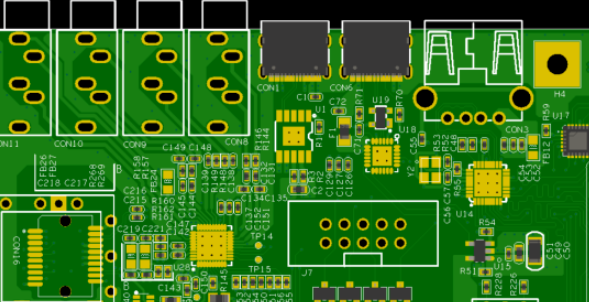
3 Fluid Mechanics
1) Surface tension of etching liquid: Because any object has a certain surface area, the surface of the liquid is like a tight film. This film has an inward attraction at the molecular level, which makes it tend to shrink. In order to maintain the balance of this tense surface, an appropriate tangential force must be added to the surface perimeter to keep the surface at a certain area and no longer shrink. This tangential force is called surface tension. The tension acting on the surface per unit length is represented by the symbol σ. The unit is dyne/cm. The effect of the surface tension of the etching liquid on the etching rate and etching quality is related to the wetting degree of the solid surface (referring to the copper foil surface).
The so-called wetting is the phenomenon of liquid adhering to the solid surface.
That is, the shape of the liquid on the solid surface is related to the size of the contact angle (θ). The larger the contact angle, the worse the wetting of the solid surface, that is, the worse the hydrophilicity. To maintain the contact angle (θ) as the minimum acute angle, the surface properties of the solid must be changed. That is to say, the smaller the surface tension of the liquid, the better the wetting performance on the solid surface. However, if the solid surface is contaminated, even if the surface tension of the liquid is small, it will not improve the wetting degree of the solid surface. Therefore, to obtain the best etching quality, it is necessary to strengthen the cleaning treatment of the surface of the substrate copper foil and improve the surface properties so that it is better wetted with the etching liquid. To improve the surface tension of the liquid, it is also necessary to increase the operating temperature. The higher the temperature, the smaller the surface tension of the liquid, the more ideal the adhesion with the solid, and the better the treatment effect. This is because the increase in temperature causes the expansion of the substance, increases the distance between molecules and reduces the attraction between molecules, so as the temperature of the solution increases, the surface tension gradually decreases. To this end, strict control of the process conditions can better improve the contact state between the solution and the copper surface of the substrate.
2) Viscosity: During the etching process, as the copper continues to dissolve, the viscosity of the etching solution will increase, making the etching solution poor in fluidity on the surface of the substrate copper foil, which directly affects the etching effect. To achieve the best state of the ideal etching solution, it is necessary to make full use of the functions of the etching machine to ensure the fluidity of the solution

